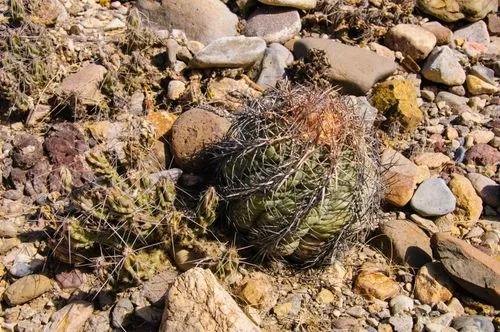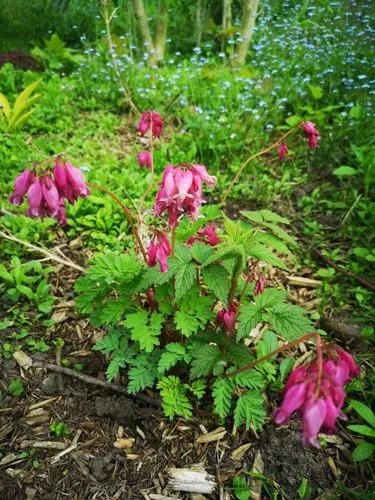Cleome viscosa, the Asian spiderflower or tick weed is an annual herb that grows up to a meter high. It belongs to the family Cleomaceae. It's considered an invasive species and it is widely distributed in warm and humid habitats across the Americas, Africa and Asia. It is commonly found during the rainy season.
Asian Spiderflower Care
Cleome Viscosa



The leaves are used as external application to wounds and ulcers. The seeds are anthelmintic and carminative.
How to Care for the Plant

Water

In the summer and in the beginning of autumn the plant should be watered abundantly.

Pruning

Cut back after flowering.

Fertilizer

You can fertilize the plant every spring using a general, all-purpose mixture.

Sunlight

Spider flower grows best in full sun.

Soil

Spider plants will do well in almost any nutrient-rich and well-draining soil.

Temperature

Suggested air temperatures for best growth range between 70 and 90°F. Spider plant will tolerate temperatures as low as 35°F without damage, but plants will not grow much at temperatures below 65°F.

Popularity

127 people already have this plant 13 people have added this plant to their wishlists
Discover more plants with the list below
Popular articles






